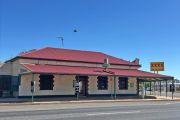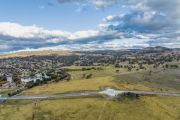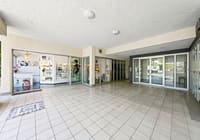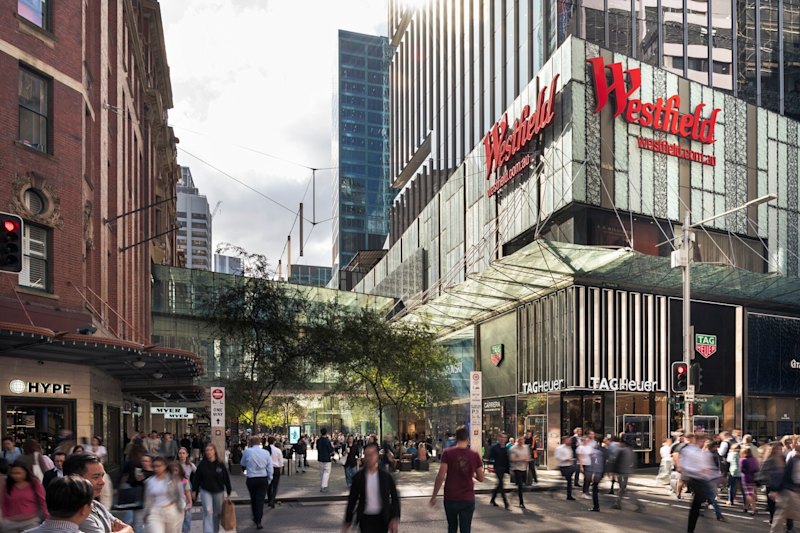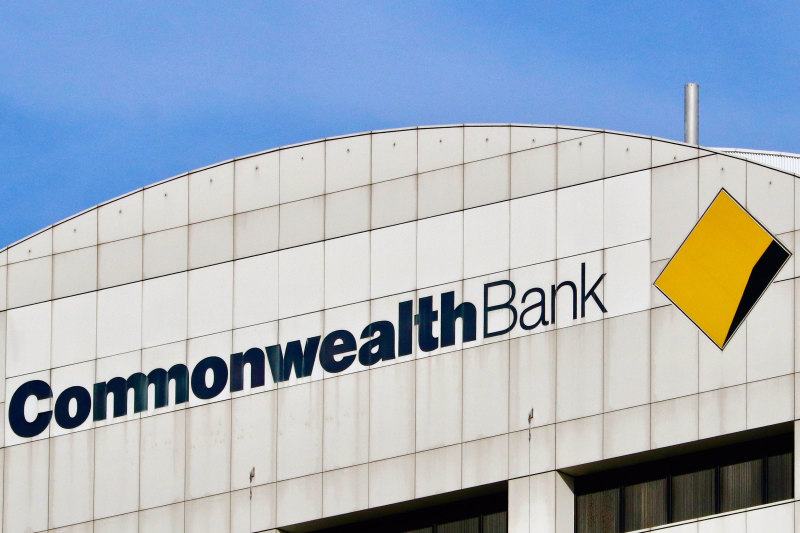
The 19 corporate giants behind Sydney’s tumbling office values
The Commonwealth Bank, Westpac and Telstra are among 19 Australia’s largest companies that have cut their office needs by almost 200,000 square metres in the Sydney CBD since the pandemic, sending vacancy rates sky-high in the country’s biggest market.
Corporate Australia’s retreat has led to an oversupply of office space, gutting rental growth across the market. That, combined with rising interest rates, has ultimately sent valuations of the country’s most expensive commercial real estate tumbling by 20 per cent or more.
Blue-chip tenants – banks, telcos, insurers, tech firms and lawyers – typically sign up for large licks of space and expansive floor plates, underwriting the income and business cases for major CBD towers.

But the rise of remote working, coupled with radically scaled-back plans for growth – and in some cases restructures such as those at AMP and Lendlease – have delivered a hammer blow to Sydney’s CBD market.
“If an office has a higher vacancy, then they’re getting less income from rent, which will impact the overall value of the office. For property, most of the value is derived from the income stream generated through tenants paying rent,” MSCI’s Ben Martin-Henry said.
“That has meant office is facing a double whammy. Commercial property is going through a cyclical change, which has affected office, retail and industrial. But the problem that office has is it’s also going through that structural change of hybrid work. With high vacancy, combined with interest rates going up, office values have taken a big hit.”
According to analysis conducted by The Australian Financial Review, 19 out of 25 of Sydney’s biggest office occupiers have cut their footprints. These include Commonwealth Bank, Westpac, AMP, Telstra and Lendlease. This was slightly offset by TAL, Salesforce, Amazon and NAB getting more office space.
In total, the office footprint of the top 25 companies as a segment has shrunk 191,600 square metres, which accounts for about 43 per cent of additional vacancy since 2020.
Commonwealth Bank was the largest downsizer in the Sydney CBD, shrinking its footprint by 44,000 square metres – a near 31 per cent reduction. This was followed by Westpac, AMP and Telstra, which have also significantly cut their office footprint.
Among the downsizing corporate giants, AMP’s 77 per cent office reduction – 24,700 square metres – was the biggest cut proportionally to pre-pandemic usage, and arose primarily due to its strategic overhaul, including the sale of its asset management arm.
Not all the downsizing moves from corporate giants were due to remote work or company restructures, however. Macquarie has reduced its office footprint by about 8500 square metres – 11.1 per cent of its Sydney CBD office exposure – in preparation for its move to its new flagship headquarters at 1 Elizabeth Street this year.
The retreat of the blue-chip corporates has been a major factor driving the CBD vacancy rate to a near 30-year high. It has almost tripled to 14.5 per cent over the last five years.
That raised the questions of whether office values could record growth even after being heavily discounted, if companies remained content with smaller footprints, Mr Martin-Henry said.
“If everyone buying an office gets significant discounts, that’s great,” he said. “Everyone likes a discount. But my question is, what’s going to drive the growth? At the moment, it’s hard to see how increasing occupancy, lower vacancy and therefore higher rental growth is going to drive that value recuperation.
“How long is it going to take to see values increased on an office where it was bought after its value dropped 30 per cent? Are investors actually expecting the asset’s value to increase 30 per cent, or are investors happy to take a 20 per cent increase?”
Insurance giant IAG, which is the 13th biggest office occupier in the Sydney CBD, said it would not increase its office footprint after shrinking its floor plate by almost 23 per cent.
Christine Stasi, IAG people, performance and reputation group executive, said the company’s Darling Park office was big enough to meet the flexible working needs of its staff.
Another consequence of the oversupply in office space is that it has dented the business case for new CBD towers, putting on ice the next generation of top buildings, according to economists and analysts polled for the Financial Review quarterly property survey.
Office movers want more space
So far only Westpac, the second biggest downsizer, has begun reconsidering its office footprint. It has tapped JLL to review its office needs, with initial discussions indicating it was open to increasing its office footprint back to pre-pandemic levels – about 130,000 square metres.
“Westpac is reviewing its Sydney CBD property requirements for 2030 and beyond. JLL has been appointed to assist in the process and we are working with them to formulate our needs,” a Westpac spokeswoman said.
But outside the biggest office occupiers, smaller companies moving into new offices have mostly been able to increase their footprints, Cadigal director Mark Tindale said.
Cadigal research indicates the 575 companies that moved to new offices over the 2021-2023 period experienced an 11 per cent increase in office footprint. Among those movers, 38 per cent also upgraded to higher grade offices.
“While there are well reported stories of tenant contraction, perhaps surprising to many is that the majority of tenants who moved their office premises in the Sydney CBD over this period grew their office footprint,” he said.
“Many tenants have taken the opportunity to procure better space for their staff while effective rents have been lower.”
The Australian Financial Review in December reported Optiver increased its office footprint by about 3200 square metres, moving from Hunter Street to Westpac Place. Other companies that have upsized their offices were WPP, IMC, Bank of Queensland and Menulog – which have all increased their office footprint by at least 3200 square metres.

